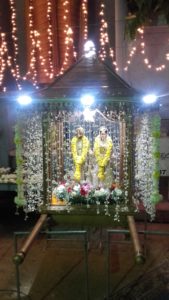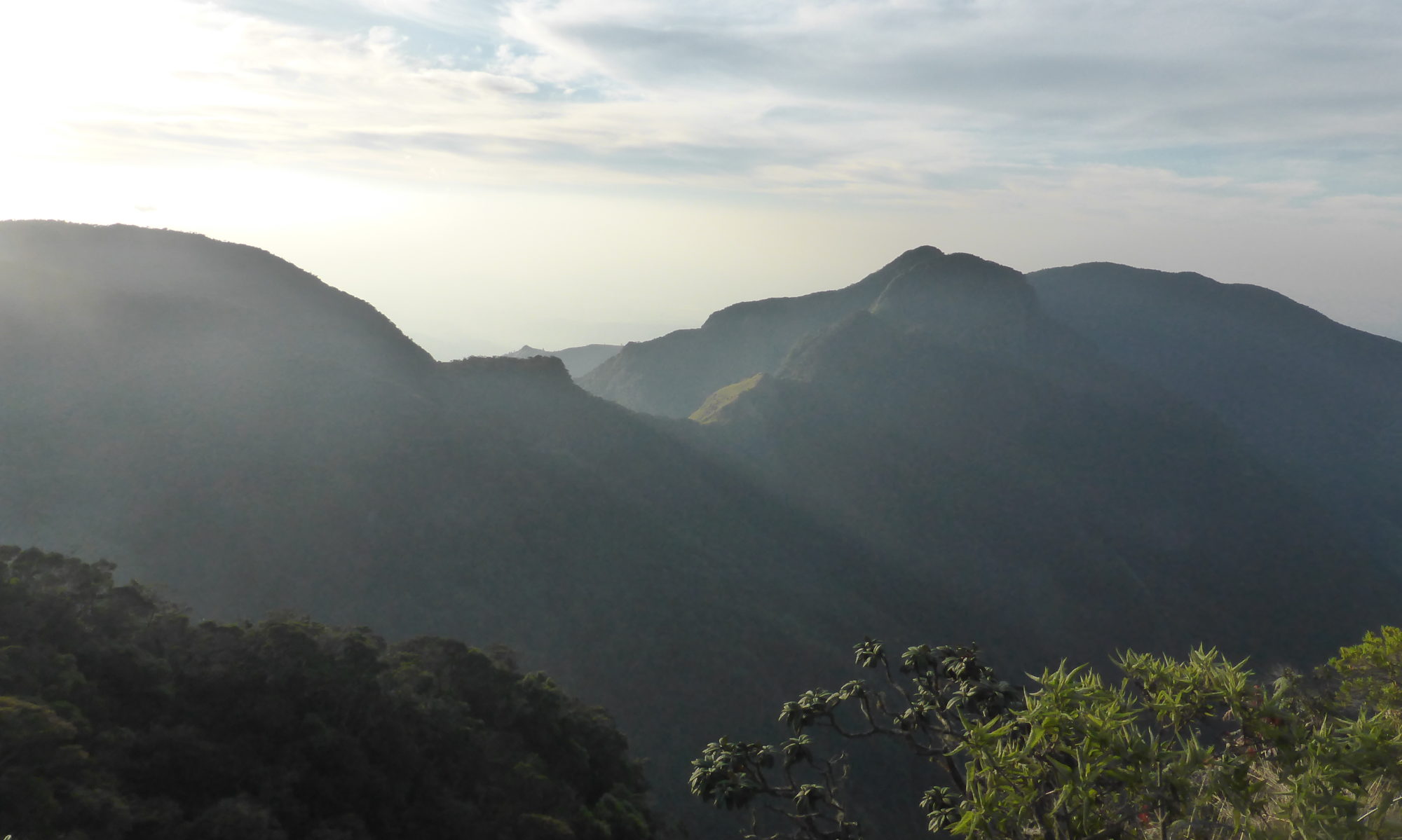By Deborah de Koning

As Sri Lanka has faced a lock-down due to the Corona virus in the past months, I wondered what happened to Buddha and the deities at several Hindu and Buddhist sites in Sri Lanka: did some of the rituals at famous sites continue to take place and how? I assumed that monks took care of the rituals to Buddha as they often live on the temple premises. But what about the rituals to deities at shrines that are taken care of by lay-priests who often do not live at or close to the shrines? The restriction to travel in times of Covid formed an even more challenging problem for lay-people – devotees – as they would be prevented from conducting rituals to deities and demons, while these beings are considered to be able to both protect and bring misfortune upon people – important traits in time of crisis. A central principle of the Sinhalese Buddhist pantheon is the principle of mutual interdependence of deities, semi-divine beings, demons, and lay-people: humans seek the protection of deities or semi-divine beings for daily matters (as the Buddha is often considered too exalted to be involved in worldly matters) and by the offerings performed by lay-people to the deities as reward for the alleged protection, deities or semi-divine beings gain merit and enforce their status in the pantheon.
It happened that at the urban site of my research the connection between ‘deities’ and Covid became prominent in a ritual. The head monk of this Buddhist site in Colombo where I have conducted extensive research (see for more information my article on this temple) had decided that – despite the full lock down at that moment – he would organize a small perahera (procession). This procession took place around the temple premises and involved several volunteers. Recordings were made of the procession and posted on Facebook. The head monk walked in front of the procession with a relic of the Buddha and while holding the casket he expressed the wish that ‘the pandemic that unfortunately embraced Sri Lanka and the fear of death that is spreading through the world would be dismissed by the power of Buddha, dhamma (Buddhist teachings), and sangha (monastic order) and by the power of pirith that is chanted continuously at the temple site.’ On the procession palanquin that immediately followed him the statues of Mahamaya and Suddhodana (Buddha’s parents) and Ravana were taken around. As the head monk further explained, the procession was a tribute to Mahamaya and Suddhodana and the dynasty of kings under the great monarch Ravana.
This procession that was organized at the time of the full lockdown, led to heated discussions in the media. But soon after the procession was held, media started to spread other news items about the same temple in Colombo, that ultimately would dominate the frame through which the temple was seen by the general public. As it turned out, the Mahamaya shrine at the site was now used as storage place for red onions, the meeting room was filled with bags of rice and volunteers helped to distribute the food items to the houses of the needy. Facebook posts explained that the monk had sold a BMW 7 series – which was his private property! – to use the money to feed the poor during the lockdown. A police officer/public health inspector praised the priest on TV saying that this temple had set an ideal example of how Buddhist monks should serve the community as they did in the past.
The news items on the food distribution that has been initiated (and financed) by this Buddhist temple illustrate two key-characteristics of Sri Lankan Buddhism that have risen into prominence during the twentieth century Buddhist revival in Sri Lanka: it first of all shows the social engagement of monks: this monk decided to organize a perahera – probably to a large extent to show off in the media as he explicitly focused on the digital message at the time he walked around with the casket. Also, he took the initiative to distribute food among the poor people in his neighborhood. These examples both illustrate the importance of lay-people for the ‘success’ of an urban Buddhist site – by posting the monks’ messages online and by actually distributing the food. As I learned over the years, those volunteers form a close-knit community of people who meet each other on a regular basis. The dynamics between lay-people and monks in joint activities as food distribution are important in order to rethink what urban Buddhism on a grassroots level actually means to people in Sri Lanka in the twenty first century. This Buddhist temple shows that urban temple sites do not only provide ‘food for the soul’, but also create social structures that allow monks and lay-people to work together in times of crisis, in order to take care of the needy.
Deborah de Koning
